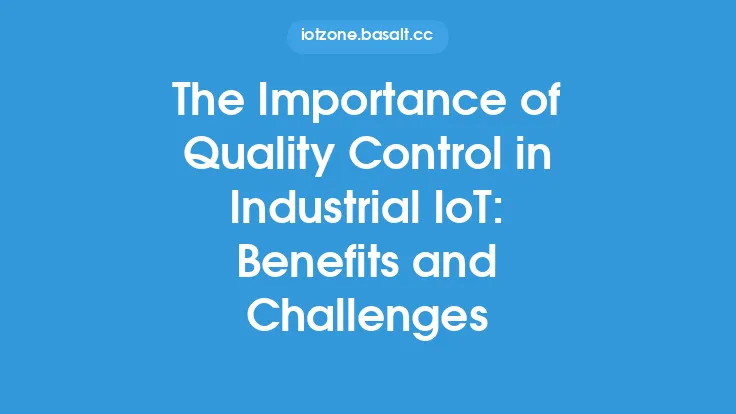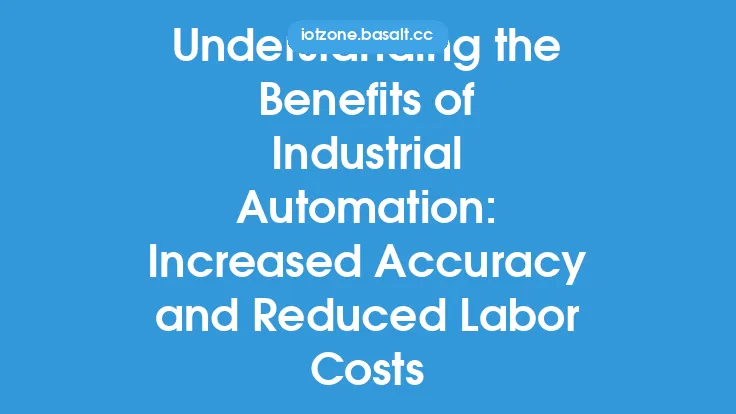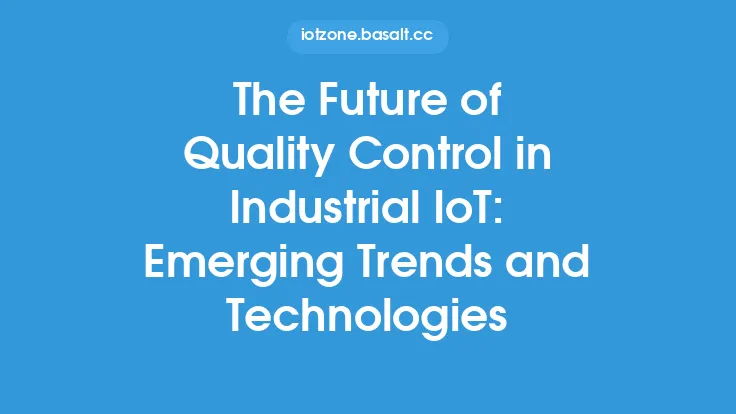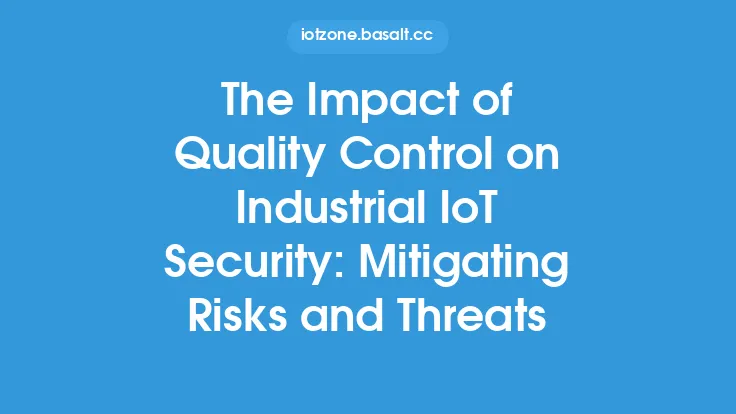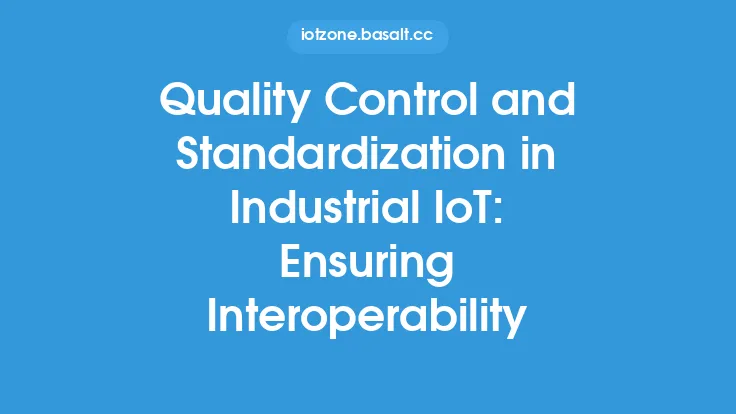Industrial automation plays a vital role in ensuring consistency and quality in various industrial processes. By leveraging advanced technologies such as robotics, machine learning, and the Internet of Things (IoT), industries can streamline their operations, reduce errors, and improve overall product quality. Consistency is crucial in industrial processes, as it directly impacts the quality of the final product. Automated systems can perform tasks with precision and accuracy, minimizing the likelihood of human error and ensuring that products meet the required standards.
Key Benefits of Industrial Automation
Industrial automation offers several benefits that contribute to ensuring consistency and quality. One of the primary advantages is the ability to perform repetitive tasks with precision and accuracy. Automated systems can operate around the clock without fatigue, ensuring that products are manufactured consistently and to the required standards. Additionally, automated systems can be programmed to perform tasks with minimal variability, reducing the likelihood of errors and defects. This is particularly important in industries where quality is paramount, such as pharmaceuticals, food processing, and aerospace.
Role of Sensors and Feedback Mechanisms
Sensors and feedback mechanisms play a critical role in industrial automation, enabling real-time monitoring and control of industrial processes. Sensors can detect changes in temperature, pressure, and other parameters, providing valuable insights into the production process. This data can be used to adjust the production process in real-time, ensuring that products are manufactured consistently and to the required standards. Feedback mechanisms, such as control loops, can also be used to regulate the production process, making adjustments as needed to maintain optimal operating conditions.
Advanced Quality Control Techniques
Industrial automation also enables the use of advanced quality control techniques, such as machine vision and spectroscopy. Machine vision systems use cameras and computer algorithms to inspect products and detect defects, while spectroscopy uses light to analyze the chemical composition of materials. These techniques can be used to detect defects and irregularities in real-time, enabling prompt corrective action to be taken. This not only improves product quality but also reduces waste and minimizes the risk of defective products reaching the market.
Impact on Supply Chain Management
Industrial automation can also have a significant impact on supply chain management, enabling industries to respond quickly to changes in demand and supply. By leveraging advanced technologies such as IoT and analytics, industries can gain real-time visibility into their supply chains, enabling them to optimize production and logistics. This can help to reduce lead times, improve inventory management, and minimize the risk of stockouts and overstocking. Additionally, automated systems can be used to track and trace products, enabling industries to respond quickly to quality issues and recalls.
Technical Requirements for Implementation
Implementing industrial automation requires careful planning and consideration of several technical factors. One of the primary considerations is the selection of suitable automation technologies, such as programmable logic controllers (PLCs), supervisory control and data acquisition (SCADA) systems, and manufacturing execution systems (MES). The choice of technology will depend on the specific requirements of the industry and the production process. Additionally, industries must also consider the integration of automated systems with existing infrastructure, such as enterprise resource planning (ERP) systems and computer-aided design (CAD) software.
Best Practices for Maintenance and Upkeep
Regular maintenance and upkeep are essential to ensure the optimal performance of automated systems. Industries should establish a routine maintenance schedule, which includes tasks such as software updates, hardware inspections, and calibration of sensors and instruments. Additionally, industries should also invest in training and development programs, enabling personnel to develop the skills and knowledge needed to operate and maintain automated systems. This not only ensures the optimal performance of automated systems but also minimizes the risk of downtime and reduces the likelihood of errors and defects.
Future Developments and Trends
The future of industrial automation is likely to be shaped by several emerging trends and technologies, including artificial intelligence (AI), blockchain, and the Industrial Internet of Things (IIoT). AI can be used to optimize production processes, predict maintenance requirements, and detect quality issues. Blockchain can be used to create secure and transparent supply chains, enabling industries to track and trace products with ease. The IIoT can be used to connect devices and systems, enabling real-time monitoring and control of industrial processes. As these technologies continue to evolve, industries can expect to see significant improvements in consistency and quality, as well as increased efficiency and productivity.
Conclusion
In conclusion, industrial automation plays a vital role in ensuring consistency and quality in various industrial processes. By leveraging advanced technologies such as robotics, machine learning, and IoT, industries can streamline their operations, reduce errors, and improve overall product quality. As industries continue to adopt and implement automated systems, they can expect to see significant improvements in consistency and quality, as well as increased efficiency and productivity. By understanding the key benefits, technical requirements, and best practices for industrial automation, industries can unlock the full potential of automated systems and achieve their quality and consistency goals.
